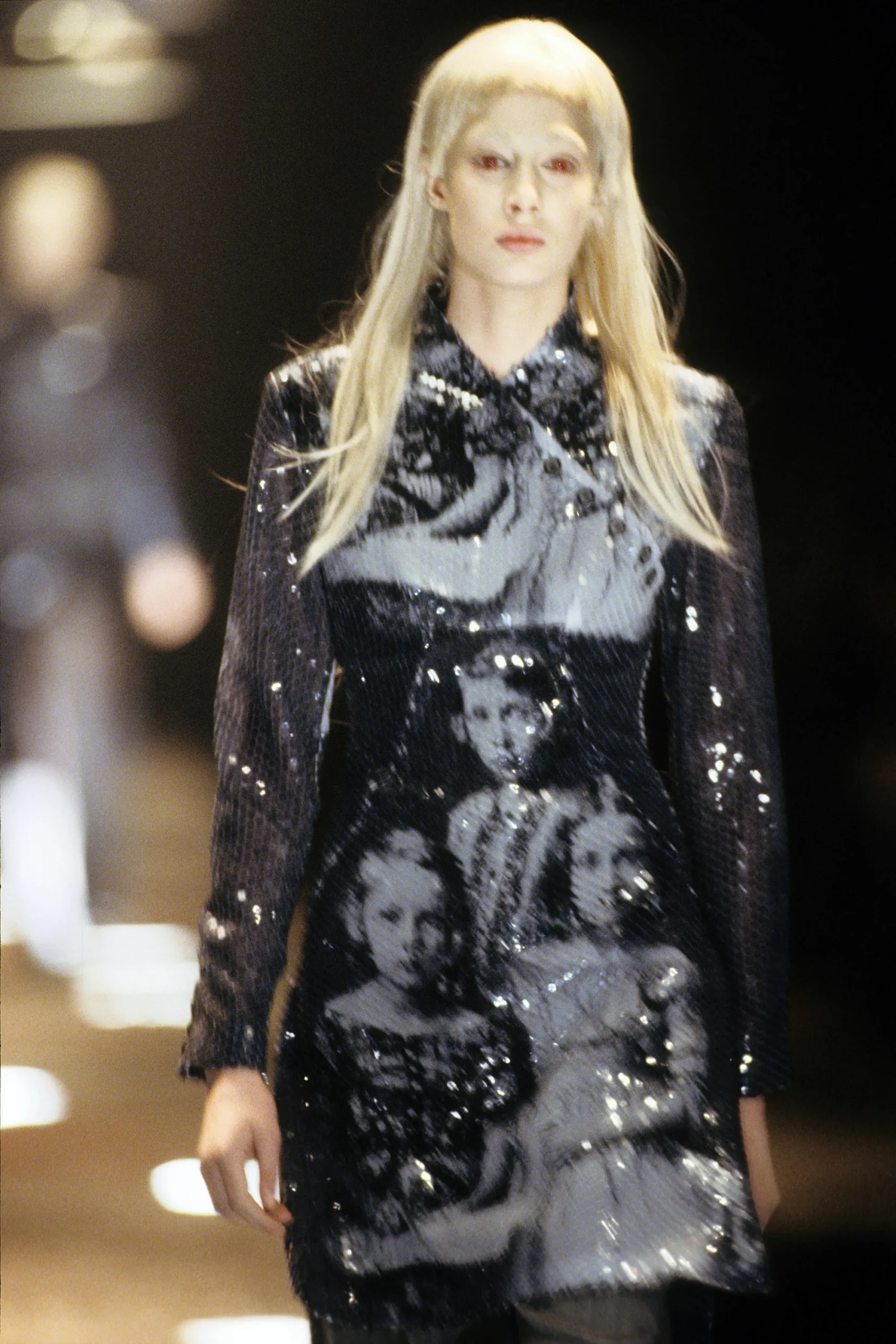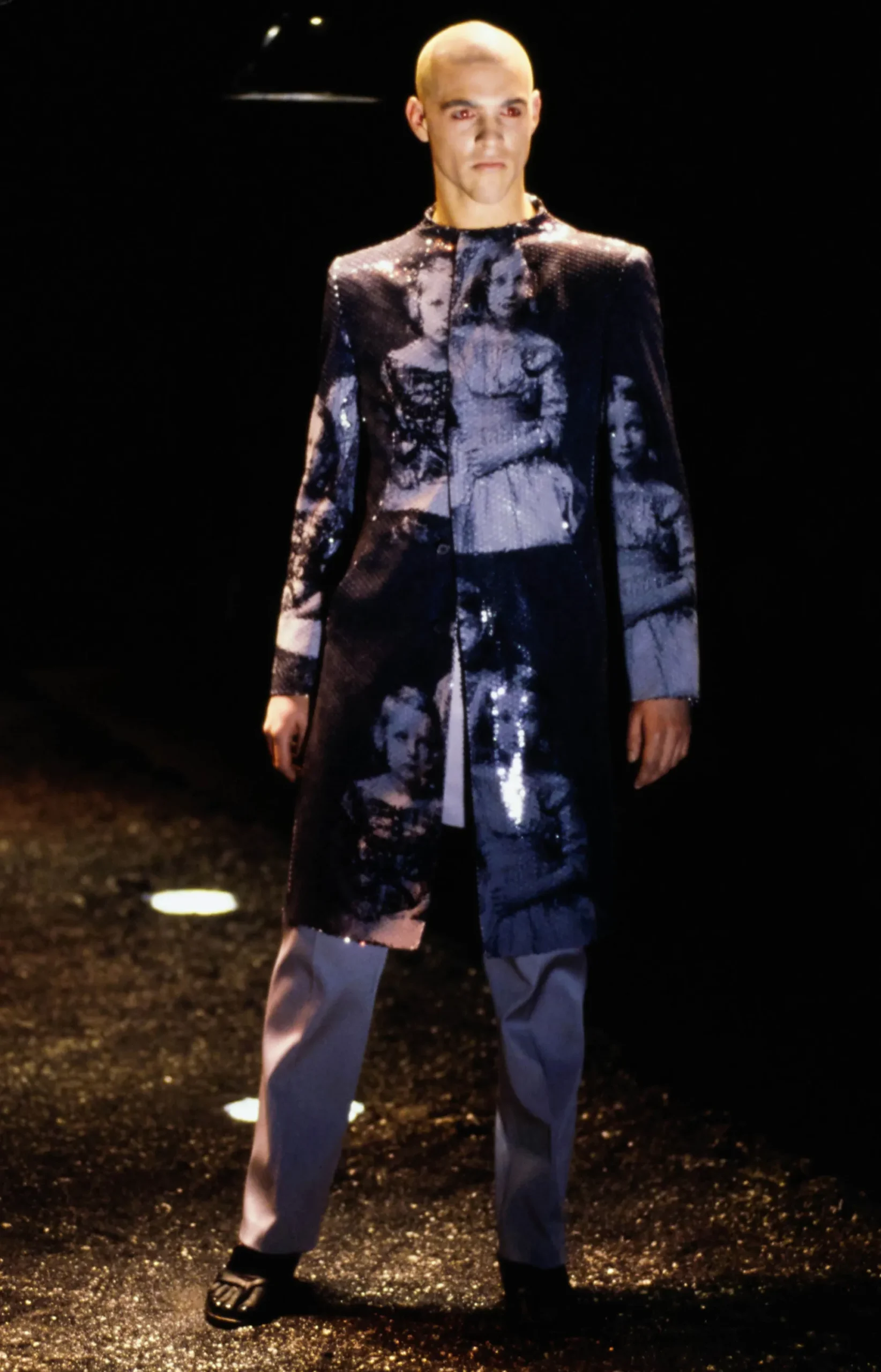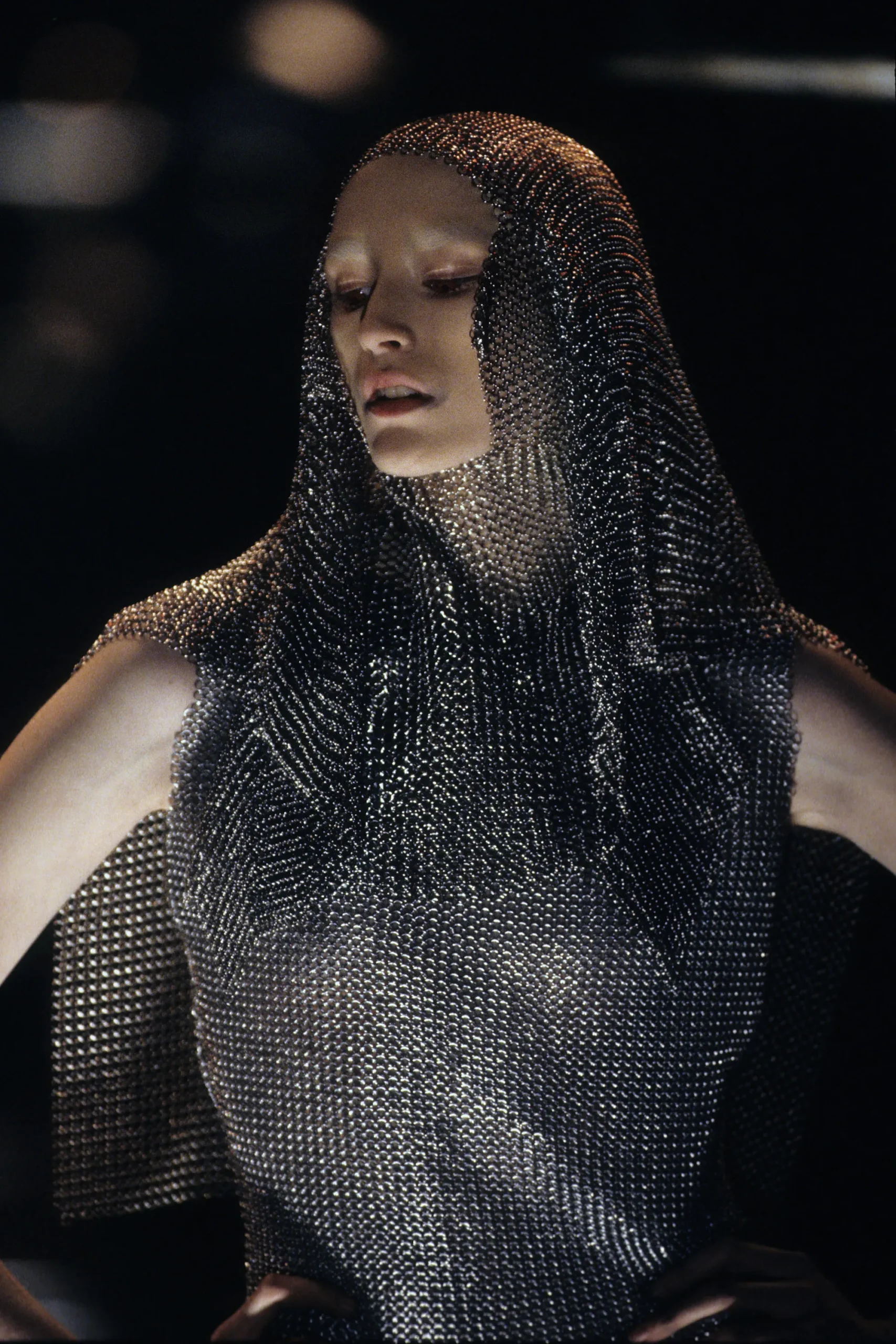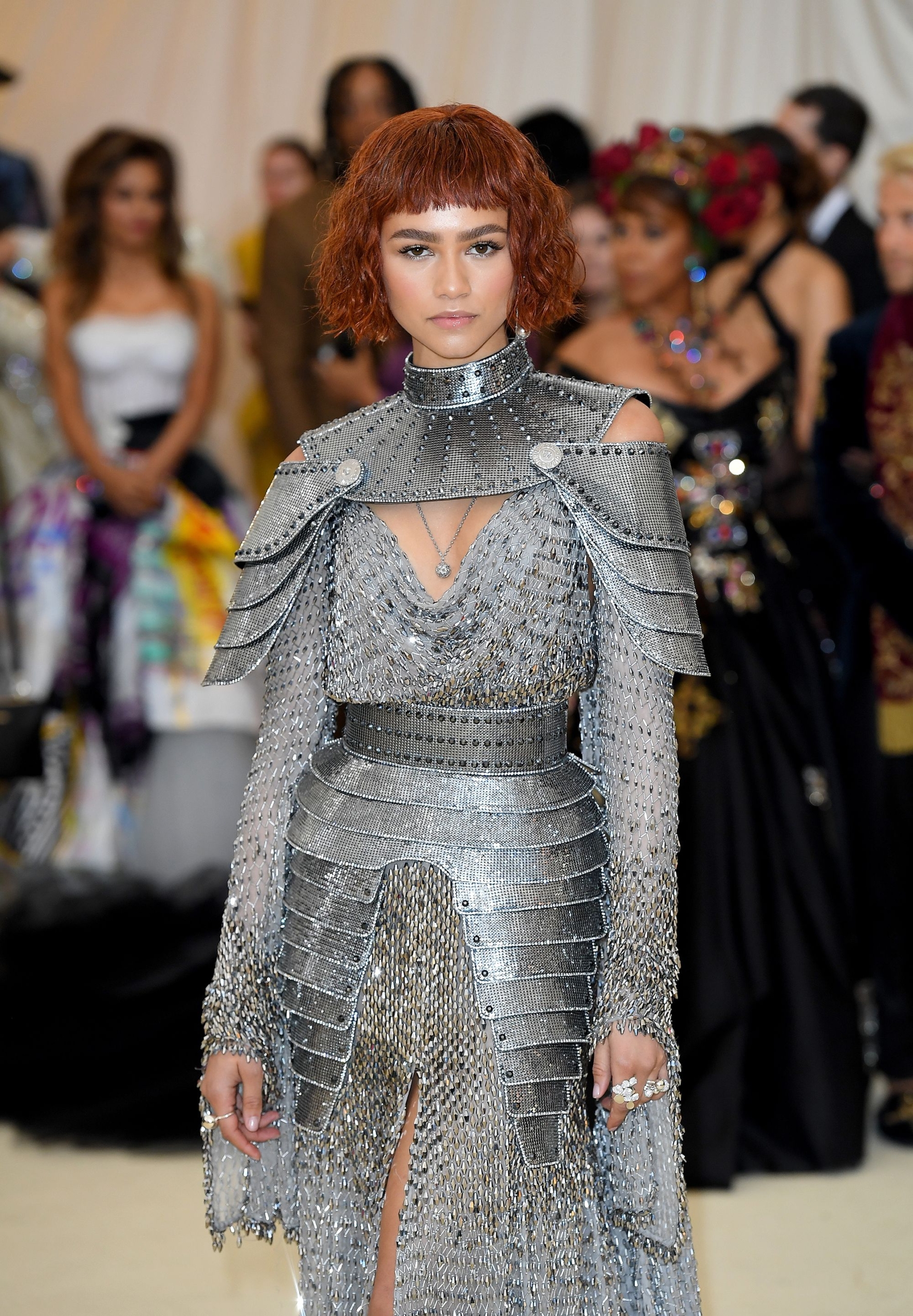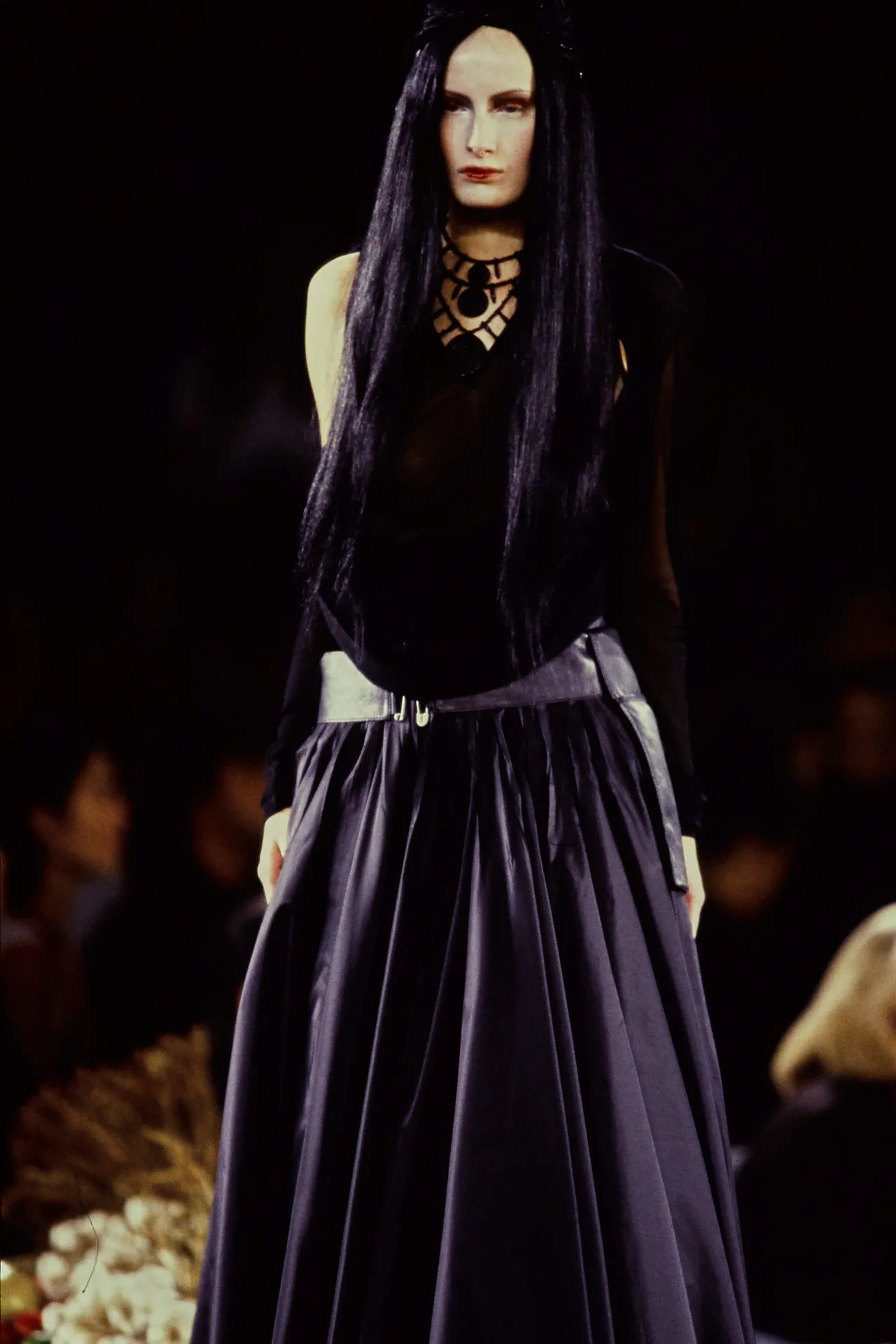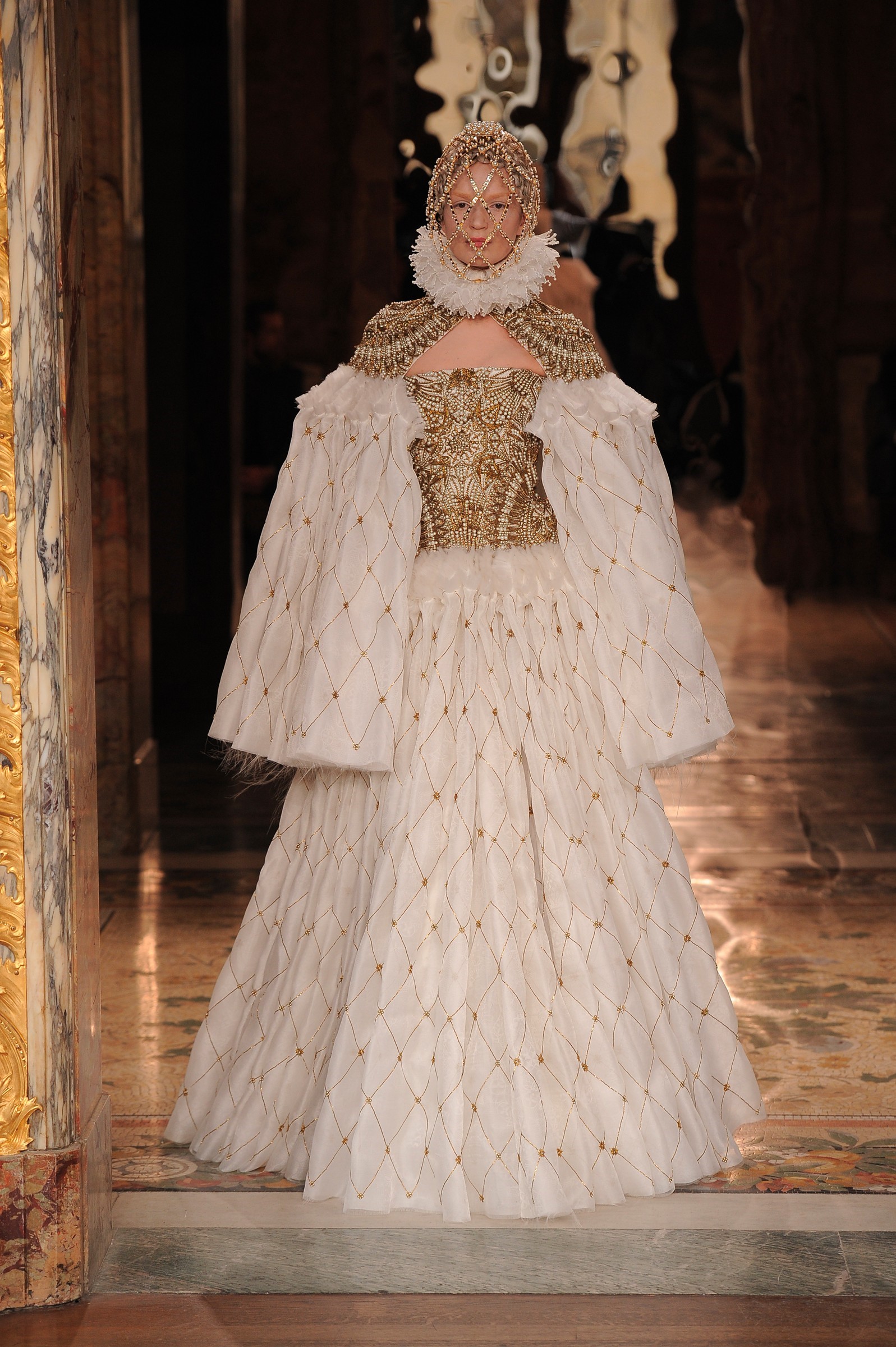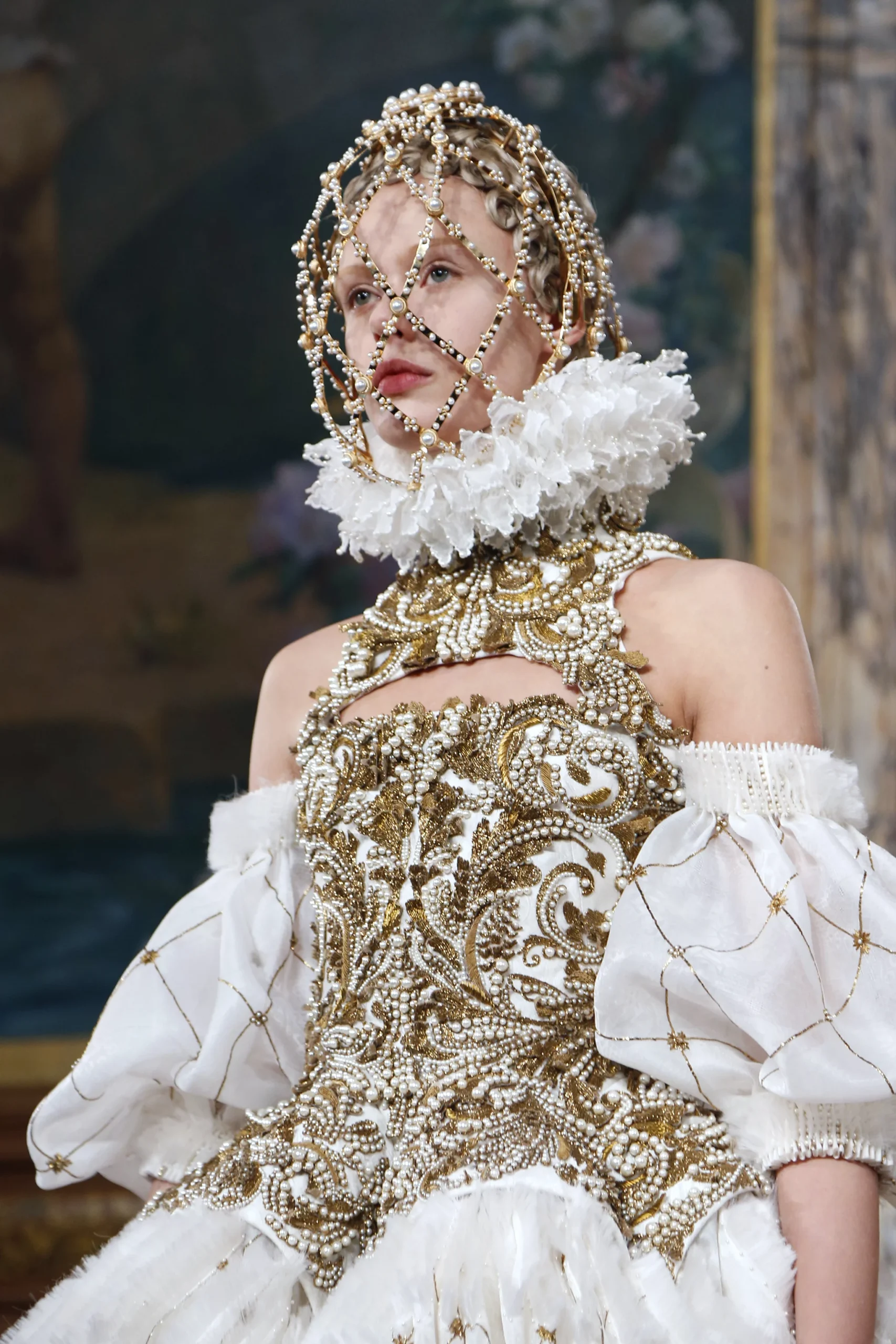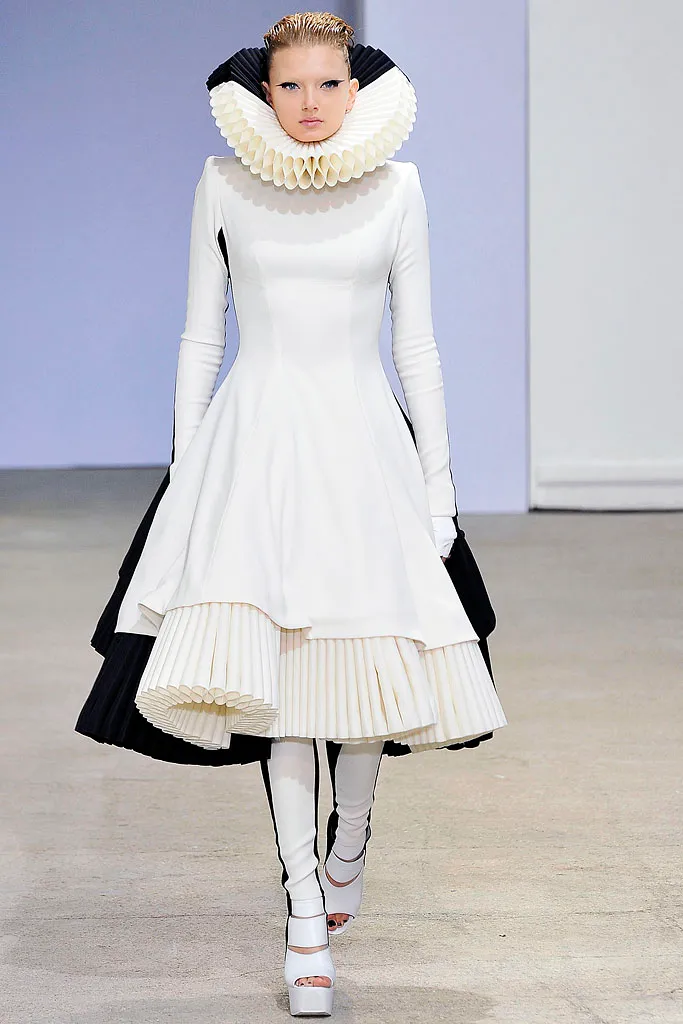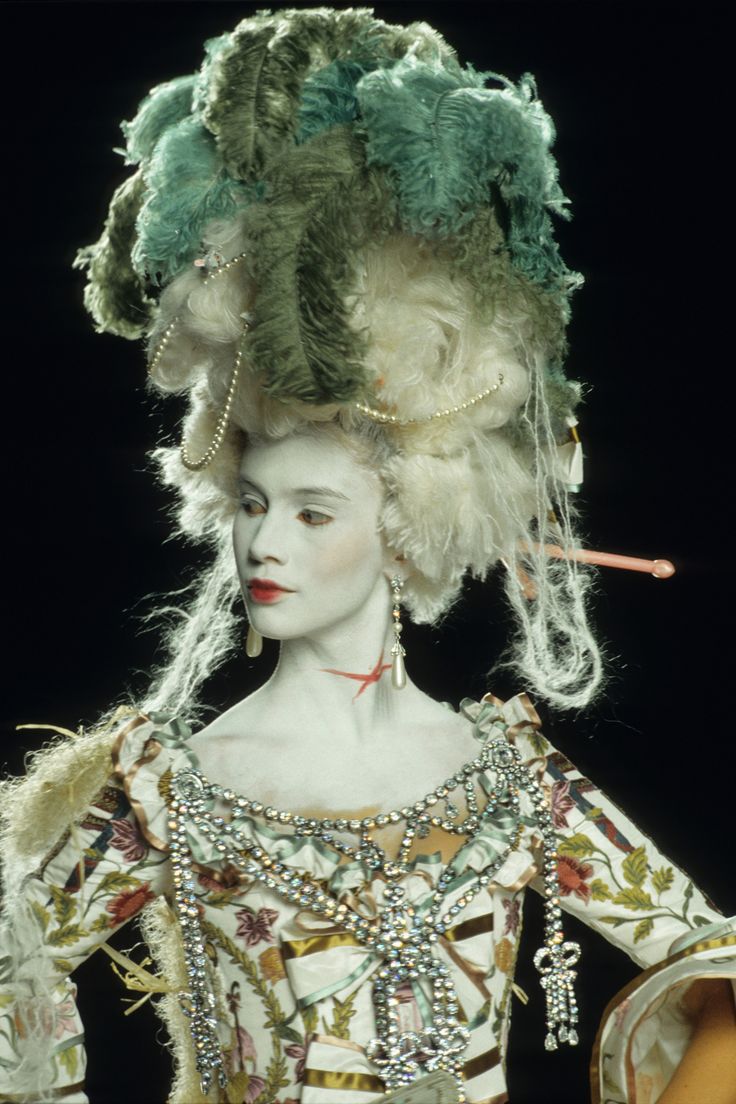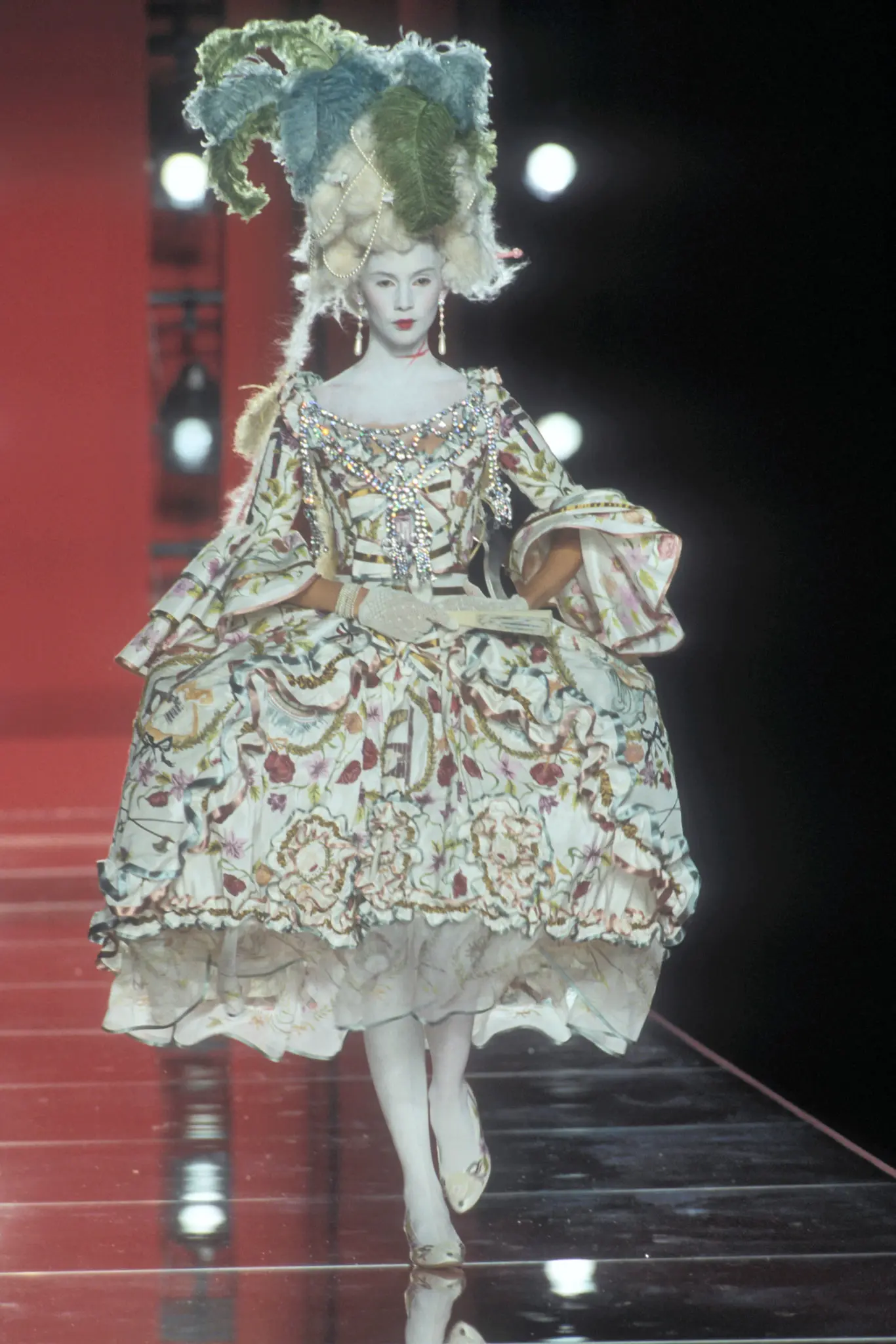Fashion has its muses, and history has its legends. More often than not, they overlap. Take, for instance, the influence of mythology on fashion: Hermès and Nike owe their names to Greek goddesses, and the Versace logo is an homage to Medusa. Joan of Arc has been at the heart of fashion for years. Historical figures—like Marie Antoinette, the Romanov Children, and yes, even the Pope—have been referenced in numerous runway shows and Met Gala looks.
Each reference transforms the runway into a world of its own. We are no longer in London, Paris, Milan; we are in the medieval ages, a land of fairytales, or beholders of mythical lands. We are watching legends come alive before us. Contemporary design techniques weave into historical references like gold through silk, giving the fabric of these runway shows a larger-than-life quality.
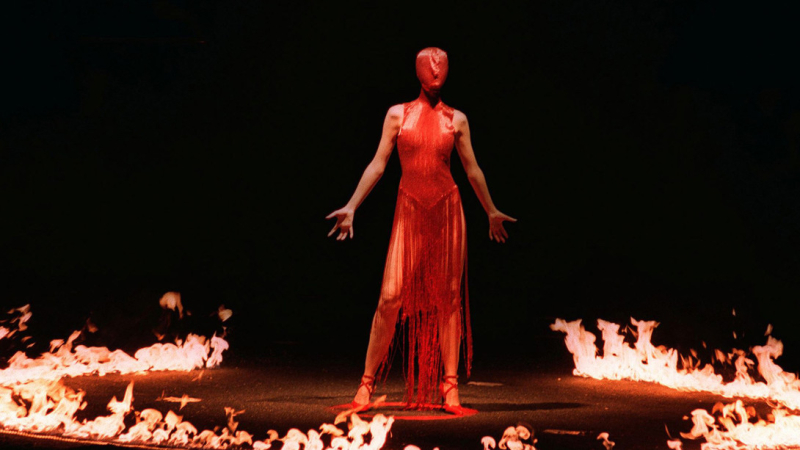
Alexander McQueen closed his beloved Fall 1998 collection, ‘Joan’, with a model in a ring of fire, reminiscent of the Catholic martyr, Joan of Arc. McQueen’s dark, almost macabre creative exploration of his themes—as seen in another beloved collection, VOSS—was present in this collection as well: tops and dresses were printed with portraits of the Romanov children, blending the themes of tragedy with martyrdom, strength, and persecution.
Joan of Arc has been referenced in various different collections, from Balenciaga’s 52nd couture show (she donned a 3D-printed, 36 kilogram armoured dress) to Jean Paul Gaultier’s 1994 collection to Zendaya’s 2018 Met Gala look.
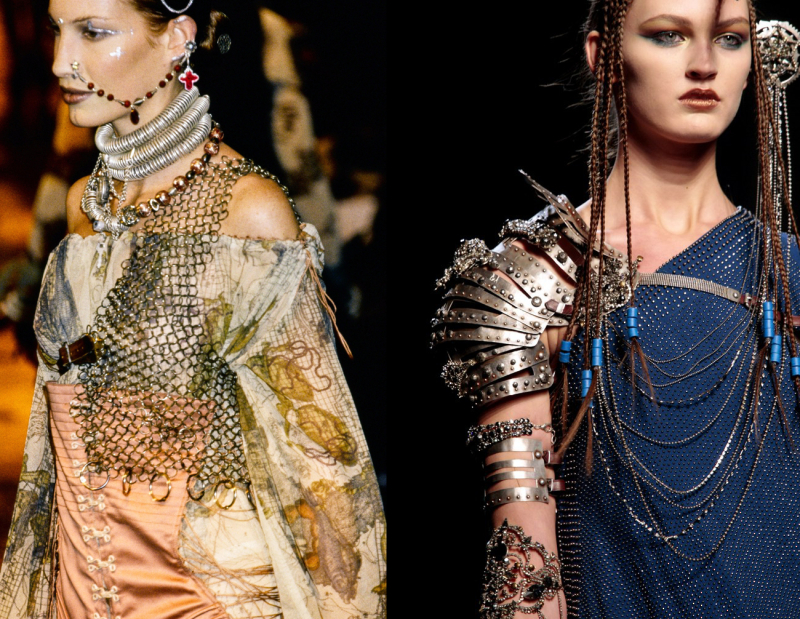
Gaultier also donned his models in necklaces and crowns of thorns, reminiscent of Kahlo’s self-portrait, for his spring 1998 collection, and Queen Elizabeth I has made a cameo in collections across the fashion industry.
The influence of history on fashion is ever-present, with trend cycles repeating every twenty years, and couturiers drawing on silhouettes that are meant to be long-forgotten. What inspired us once will continue to do so for years to come.
Still, using specific figures as muses is inherently tricky. To many, it may come across as superficial: designers pick and choose which aspects of a legend are brought to life on the runway, and which ones remain forgotten by many, save for fashion and history buffs. We see the divine beauty of a legend and leave behind the utterly human ache.
Of course, most designers do not seek to recreate, but rather to reinterpret their muse in line with the themes of their collection. Vivienne Westwood, Alexander McQueen, and John Galliano (while at Dior) have adopted Marie Antoinette as the ‘poster girl’ for grandeur and excess. Pastel hues, ruffled skirts, and rich embellishments are a trademark of Marie Antoinette-inspired gowns. And Rihanna’s Pope-inspired look for the 2018 Met Gala was a stunning crossover between the ornate world of high fashion and the Catholic Imagination, as the theme went.
Ultimately, creating art and building a sense of mysticism with each runway show takes precedence over a true representation of the truth (or the legend). And the truth, after all, is always present within.
 Simren Jaswani is an editorial intern at Liminul Magazine and a Fashion Student at Toronto Metropolitan University.
Simren Jaswani is an editorial intern at Liminul Magazine and a Fashion Student at Toronto Metropolitan University.


